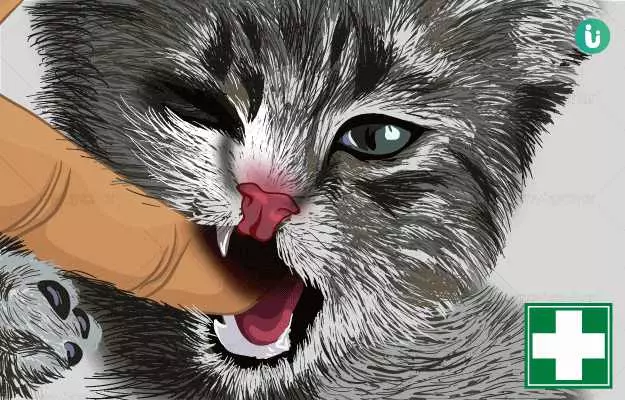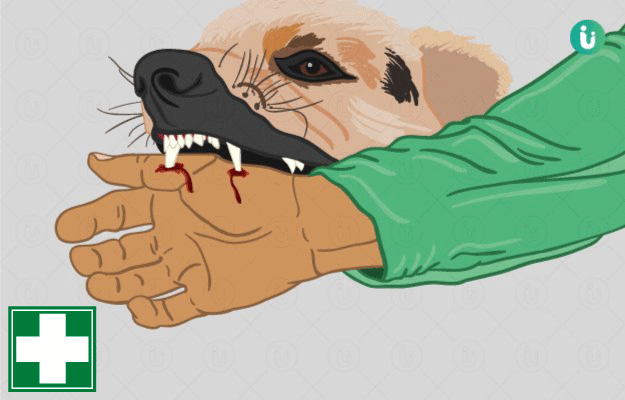Cats are popularly known to scratch and nip at you adorably but it’s important to not be dismissive when they bite you, even if it doesn’t look very serious. Whether it’s a pet or a stray, a medical professional should be sought out in case of a cat bite. Cat bites are very common, second only to dog when speaking of animal bites, and most likely to occur on the hands and arms. Studies show that about 20% of all cat bites can become infected. In extreme cases, the infection could result in death but this is rare. Most of the time, the infection can be treated with medications.
99% Savings - Buy Just @1 Rs
X

- हिं - हिंदी
- En - English
- Treatment
-
- Skin Issues
- Acne
- Fungal Infection
-
- Hair Problems
- Hair Growth
- Hair Dandruff
- Self-Analysis
-
- Chronic Diseases
- Diabetes
- Heart Care
- Weight Loss
- Sleep Support
- Liver Care
- Stress & Anxiety
- Our Brands
- Doctor Consultation
- Medicine A-Z
-
Health A-Z
-
- Treatments
- Home Remedies
- Herbs
- Surgery
- Lab Test
- Therapy
- First Aid
- Ayurveda
- Homeopathy
-
- Yoga And Fitness
- Fitness
- Yoga
- Weight Loss
- Weight Gain
-
- Other Topics
- Baby Names
- Beauty
- Healthy Foods
- Tips
- Health News
- Pet Health
- Men Health
- Medical Cannabis
- Login / Sign Up























